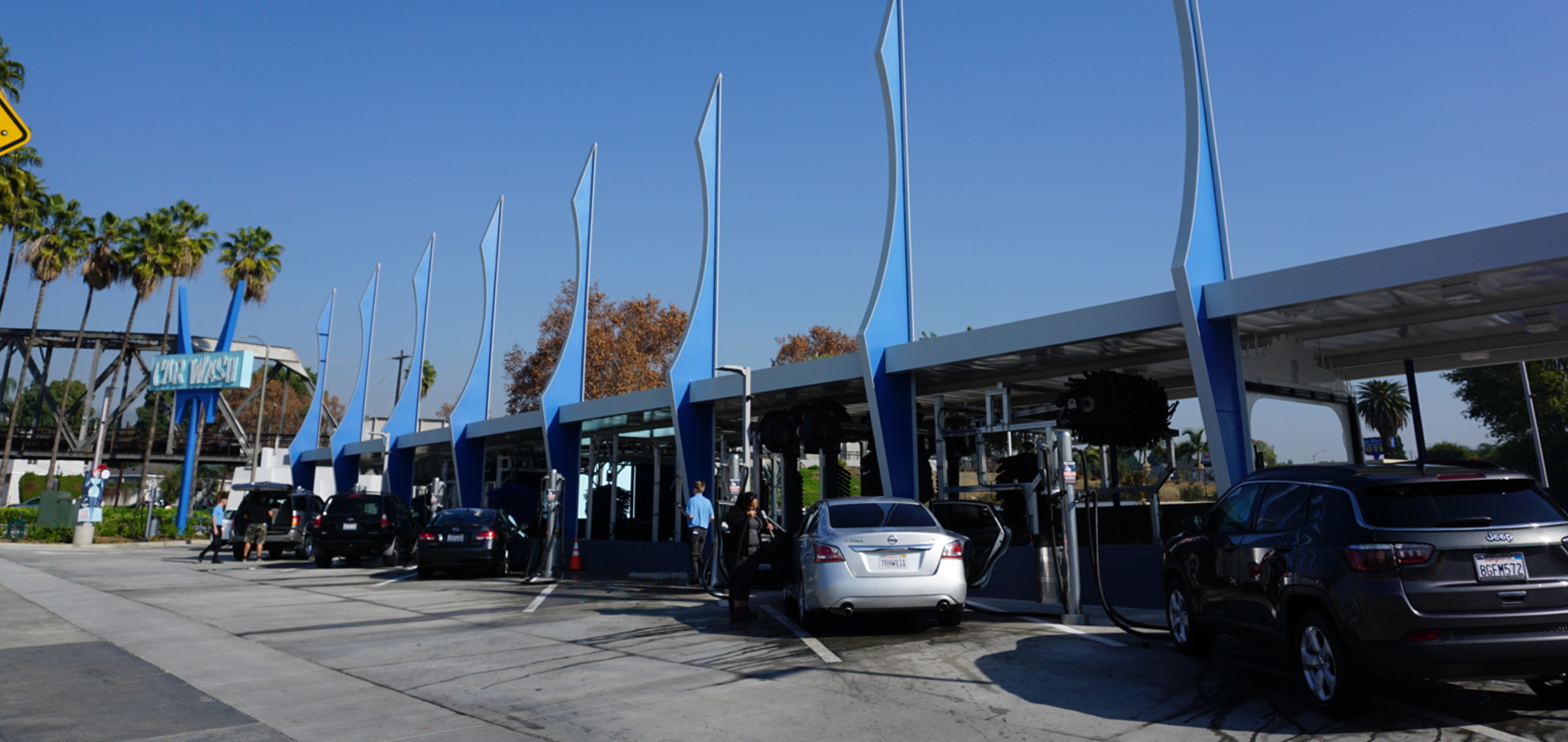History of Googie



The Birth of the Iconic Architecture
Googie architecture evolved in the 1950’s and 1960’s as a mid-century architectural style utilized throughout southern California and was inspired by a hopeful and positive viewpoint of the future and brought forth the notion that technology is good and that it improves our lives. Googie architecture was born in southern California and is also found in other regions of the U.S. including Las Vegas.
Popularity
The Googie style was popular from the 1940s through the 1960s with iconic buildings and distinctive signage found in many locations from Downtown LA to the dozens of suburbs including Whittier, CA. You can see great representations of Googie architecture in Tomorrowland at Disneyland, the LAX Theme Building at Los Angeles International Airport, and many restaurants including McDonald’s, In-n-Out Burger, and Bob’s Big Boy.
It was prevalent in architecture and signage of many coffee shops including Norms, Ships, and Pans. Some of the most iconic examples of Googie architecture can be found at car washes, especially Googie® Car Wash located at the Five Points intersection in the City of Whittier.

Five Points Car Wash
In fact, the Los Angeles Conservancy states on their website that: The Five Points Car Wash in Whittier is one of the finest intact examples of Googie® car washes in Southern California. Completed in 1963, the car wash is typical of the mid-century style of this roadside property type, exhibiting the flashy, space-age Googie style designed to draw drivers off of major thoroughfares for a quick clean and shine.
It occupies a prime location at an intersection where five major streets come together, hence its name. The building’s flat, widely overhanging roof shelters the washing apparatus and waiting room/cashier area, stretching the full length of the horizontal building. The roofline is punctuated by huge vertical pylons that pierce the roof and soar far above it with curving and angled lines visible over a wide distance. The car wash is further distinguished by an intact pole sign with two massive points shooting into the air and wonderful early-1960s lettering advertising “Car Wash” in neon.
The Googie® Car Wash is a fairly common building type in Los Angeles, but few of the surviving buildings are as intact and as exuberant as the Five Points.
Googie Architecture
Googie architecture evolved as the result of two distinct cultural changes. First, cars became the primary mode of transportation while stores and restaurants had to create eye-catching designs to hook the attention of drivers. Second, the space race and the continually changing modern technology of the 1950’s and 1960’s were captivating the minds of southern Californian and Americans at large.
Googie architecture was inspired by these phenomena and began to symbolize innovation and modernity. The architecture is a direct reflection of America’s love of motion, speed, and fascination with the future. The Hanna Barbara cartoon, The Jetsons, was and is a beloved family of the future capturing the hearts and minds of children and their parents. Even today, The Jetsons bring a smile to peoples’ faces because it represents all that is good about technology and all that is hopeful about the future.
Googie was an inspirational style with a positive and hopeful outlook to the future. Fast forward to modern times, Googie is now retro-futuristic and still brings smiles to many faces who treasure the past while looking forward to the future and it is this sentiment that has motivated the folks behind Googie® Car Wash to bring this historic site back to its splendor so we can all relive the glory days of Googie.
Defining Features of
Googie Architecture
Googie® Car Wash Timeline
Learn about the origins of Googie® Car Wash. Where the name came from and its trajectory.
Googie® Car Wash Photo Gallery
Check out our historic photo gallery showcasing the evolution of Googie® Car Wash. From renovation to completion.






